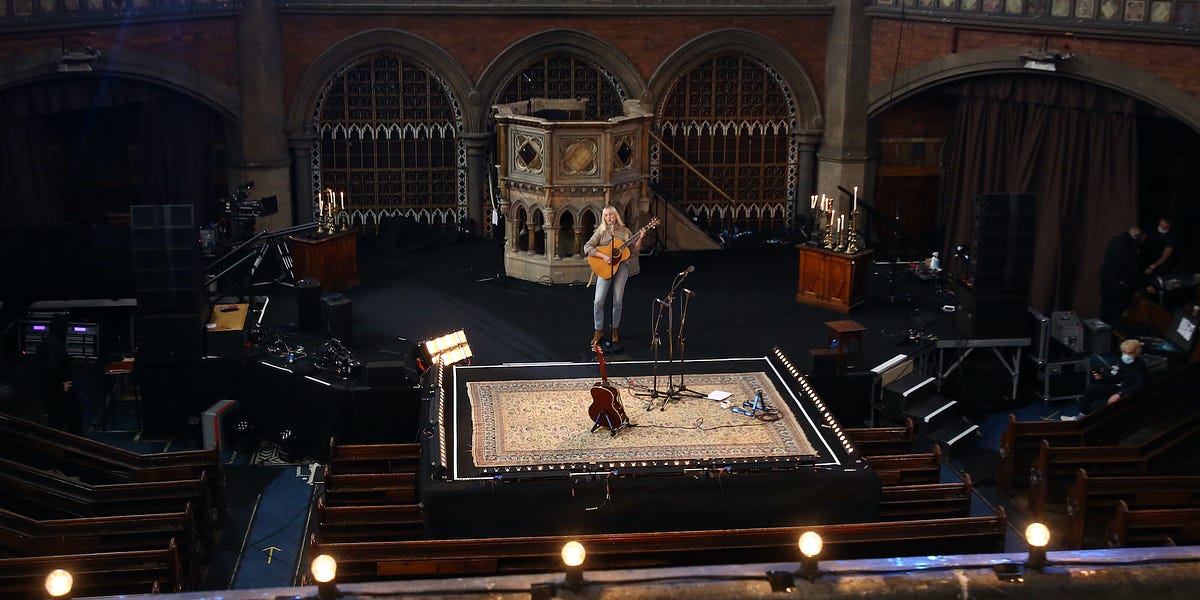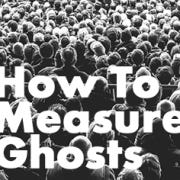Embracing digital friction - an opportunity for the cultural sector?
Sharing Luna Maurer, Roel Wouters and Alexandra Barancová's design manifesto, 'Designing Friction', and some thoughts on how it could be useful for cultural organisations.

I love it when I come across an argument, or a perspective, that makes me realise something new, or articulates a point of view (often that I didn't even knew I had) better than I could myself.
Imran Ali, a writer and thinker on all things digital and tech, recently shared a link to a design manifesto written by Luna Maurer, Roel Wouters and Alexandra Barancová titled Designing Friction.
On a related note, Luna and Roel used to run an interactive design studio called Studio Moniker who did some really interesting work.

The manifesto is aimed at "designers, entrepreneurs and architects of digital culture"
I enjoyed many of the ideas that they shared, and a number of sections struck me as particularly interesting, important, and relevant for the cultural sector to consider.
"The more we move and act, the more friction we encounter. The more friction there is, the more we engage and care. Friction drives our engagement. Friction, in this context, is neither synonymous with anger or conflict, nor is it malfunctioning technology. Friction is an essential ingredient that makes up our humanness and sparks human connection."
This idea is something that has cropped up in many of our Venues of the Future conversations.
And it is something that feels absent from many of the attempts at digital experiences we see coming from cultural organisations.
Task vs mission
In this context I am not talking about the task-focused digital experiences (finding out what's on, buying a ticket, making a donation, working out what time the show starts).
In my view, those experiences should be as easy (and frictionless) as possible.
I'm focusing here on is the digital work which acts as an extension of a cultural organisation's core mission and purpose.
Content, services, and experiences that aim to engage, to inspire, to educate, to provoke, to move, to entertain people.
Although I also recognise that in a digital context the dividing line between 'task' focused experiences and 'qualitative' experiences is very fuzzy.
But, in these 'qualitative' scenarios, it seems increasingly clear to me that we should not be taking our cues from the norms set (and maintained) by big tech.
Instead we should be thinking harder about the fundamental dynamics of the most valuable, engaging, enriching cultural experiences.
My bet would be that those experiences are rarely described as 'easy' or 'frictionless'.
"Friction perceived as an obstacle might in fact be a possibility for connection."
It feels like an opportunity to 'zag'.
Death by convenience
My view is that cultural organisations exist for connection.
We aim to connect people with ideas, knowledge, emotions, perspectives, and with each other.
And I am mindful of the accusation (and reality) that digital experience can often lack this.
"Everything can be effortlessly and immediately accessed from behind our screens. We stay home due to home-delivery, dating apps, online classes and endless on-demand entertainment. We are facing ‘death by convenience’. In such a reality, movement is trimmed down to a minimum."
Very often, digital interactions can be isolating, and one-directional (more akin to a traditional broadcast experience).
The best digital cultural experience are more thoughtful about this idea of 'remote audiences' and how we design experiences for those audiences. This is something that I spoke to Matt Locke about during the pandemic.
And he wrote more on that idea here:

It feels like 'positive friction' could be a valuable part of that thinking.
Creating liveness
"Digital technology should create environments and situations in which we can truly connect with each other, as well as with the unknown, the uncontrolled, with all senses, all elements, all emotions. Create situations that are not calculated beforehand, predicted and measured; situations that result from and amount to the present moment."
Here they touch on the idea of 'liveness', which is something I've written about before:
"When we are replicating those structures in digital spaces we have to be thoughtful, proactive, and intentional about how we want them to exist, we are building everything from the ground up.
This last point is, I think, what explains much of the ‘emptiness’ that is often present in many of the less successful digital cultural experiences.
We need to think harder about the things that we take for granted when visitors or audiences enter our physical spaces."
Next?
The manifesto is not perfect (nothing is), but I think that there are some valuable ideas in there.
And it feels to me that those ideas may help the cultural sector start to map an interesting, useful, and effective way forward when it comes to designing meaningful, engaging, and valuable digital experiences.
